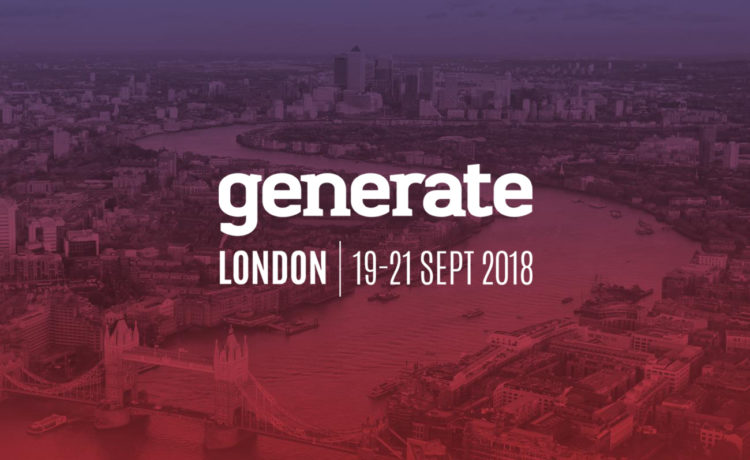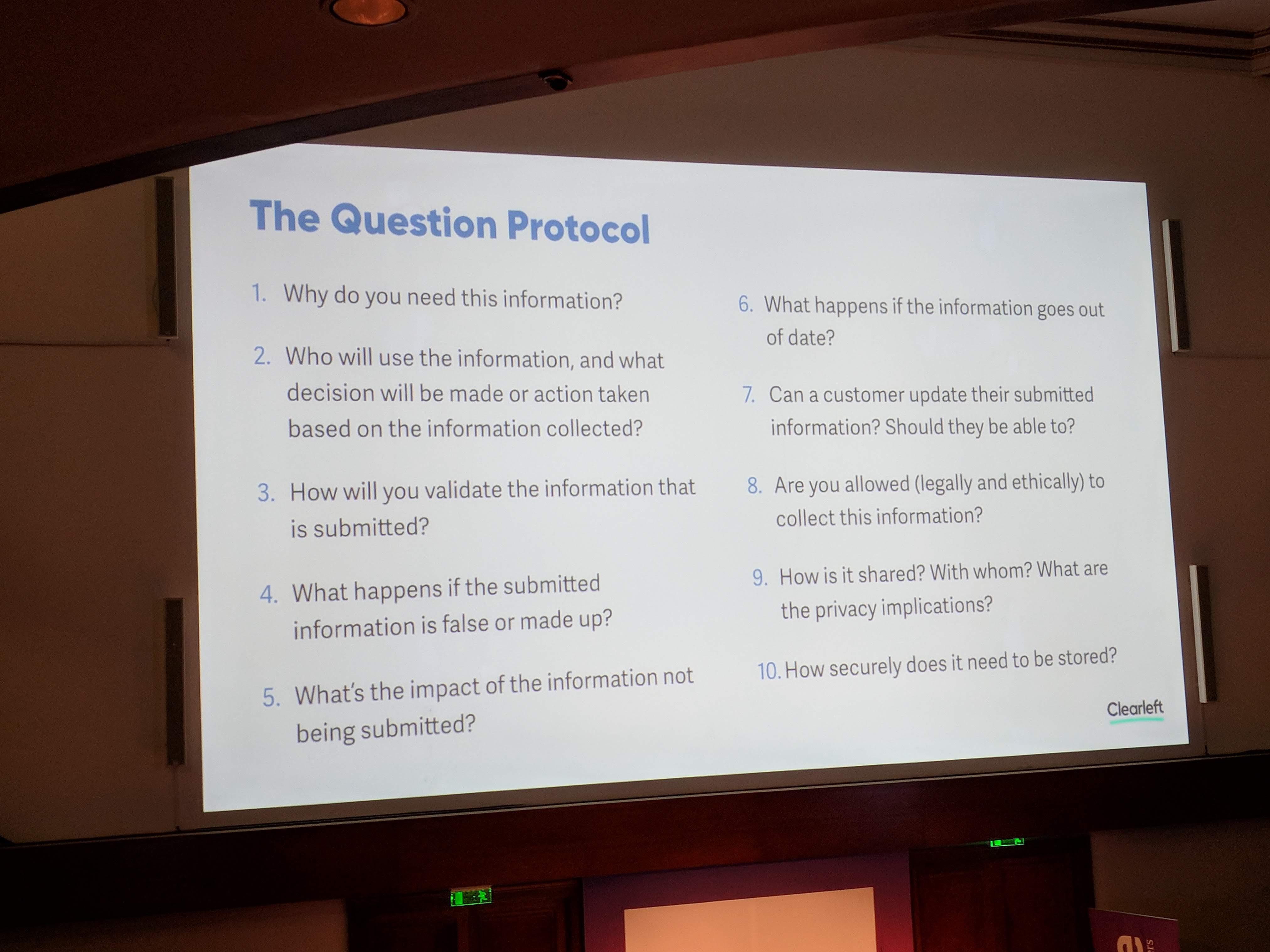
Last month, the Ebury team attended Generate, a conference dedicated to designers who are looking to improve the user experience (UX) of their websites. We’ll be talking through what we learned, how we’ll be applying our new knowledge to our UX, but most importantly, what you can take away to apply yourself.
The opening talk was presented by Sarah Parmenter who spoke about the importance of digital marketing strategies that can be easily applied by anyone. Parmenter shared key rules that can be applied today to help decide the best media tool to distribute your company’s message: First, think about your Product, then the client Experience, and then the Story. Only then, you can choose the right media outlet.
Our tip for you: If you decide to do a video, make sure you include subtitles, as 85% of all videos are played without sound.
Do you struggle to get your videos noticed? Try Hashtagify to find the best hashtags to get your content noticed.
The closing talk was presented by Sara Soueidan, a front-end UI developer who talked through how cascading style sheets (CSS) and scalable vector graphics (SVG) can be used for better usability and accessibility. One takeaway we gathered from this was to make sure that you integrate these inclusive design practices as part of your natural design and development process.
While CodePen’s senior software engineer Cassidy Williams impressed attendees by coding an image chosen at random found on Dribbble, designer and developer, Ricardo Cabello, demoed Three.js library to demonstrate how you can create WebVR interfaces with the library available on that platform.
UX consultant Trine Falbe talked through the importance of ethics when designing, highlighting the importance of how the data generated by users is looked after. In an age where data is the new oil, this is to consider for data-driven teams.

Probably one of the most interesting talks of the day was presented by Andrew Godfrey, Senior Design Specialist at Invision, on Design Systems fails. Godfrey exposed some of the goals a successful design system has, such as:
- Improved consistency
- Efficient time on task
- Efficiency reuse
- Inclusive design (accessibility)
- Reduction of defects
- Improved UX
- Strong design community
Godfrey also highlighted common failures that need to — and can easily — be avoided, such as:
- Low adoption by internal staff
- Low understanding by internal staff
- Mismanaged content
- Scale system difficulty
- Lack of support
- Missing the bigger picture (not just in UI components)
- Lack of style guides
- Unclear visual components
- Unclear standards
- Accessibility
- Animation
- Information architecture
Godfrey advocates considering Design Systems as a core project inside the business, which means adopting processes such as:
- A plan, strategy, and process
- A roadmap and priorities
- Scaling up when validating
- Incorporating ways of measuring and sharing success
- Creating prototypes that can be validated
- Assigning a ‘person of expertise’, that knows the system well
- Effectively calculating design debt
For us at Ebury, Design Systems are one of the key tools to create and maintain a good user experience across all of our services. This is the key principle behind Ebury Chameleon and the reason why we’ll continue investing and improving our processes to ensure high-quality products and services.
